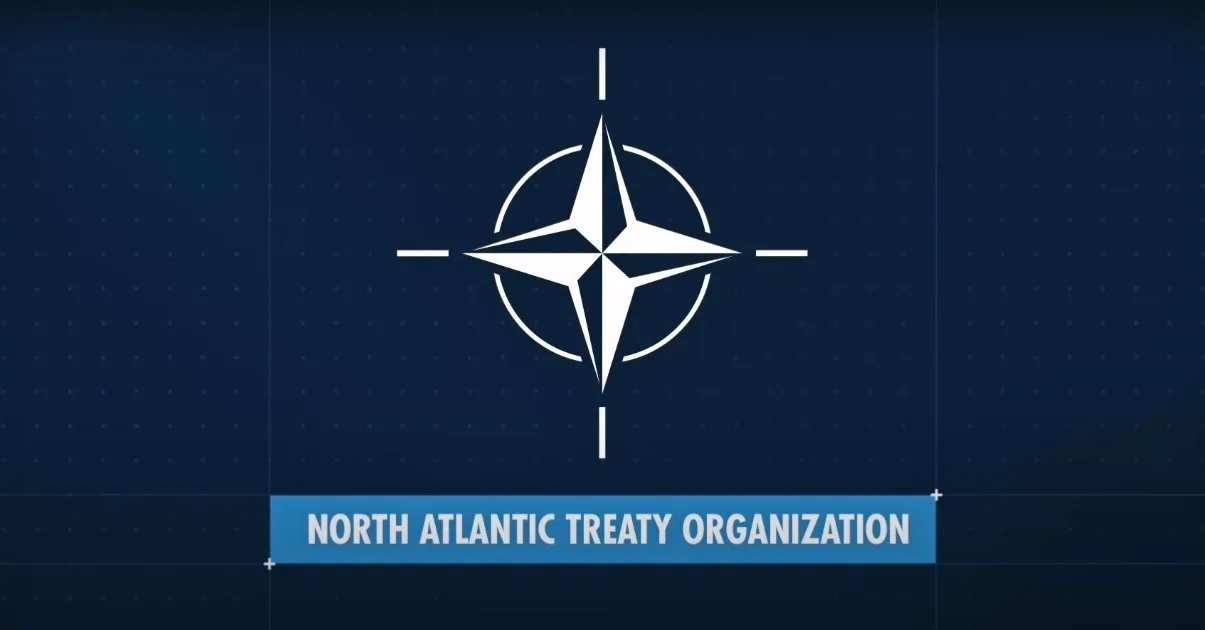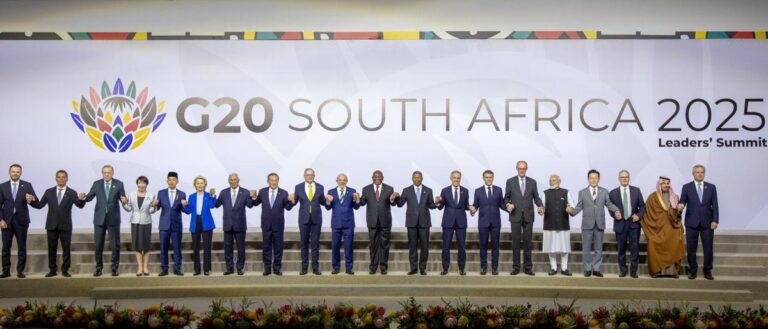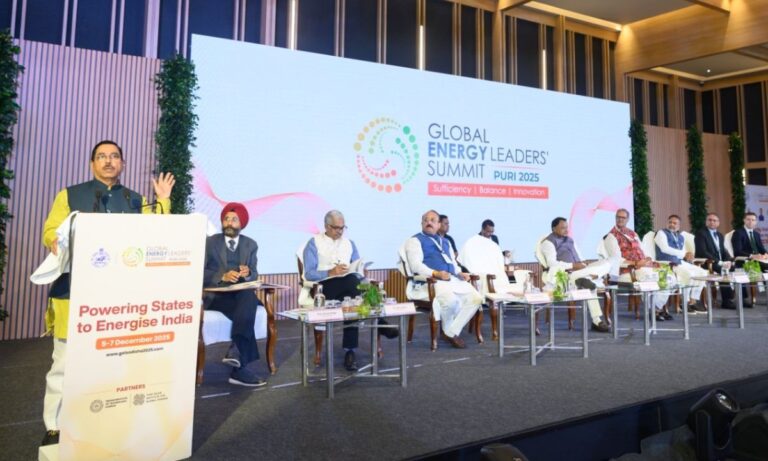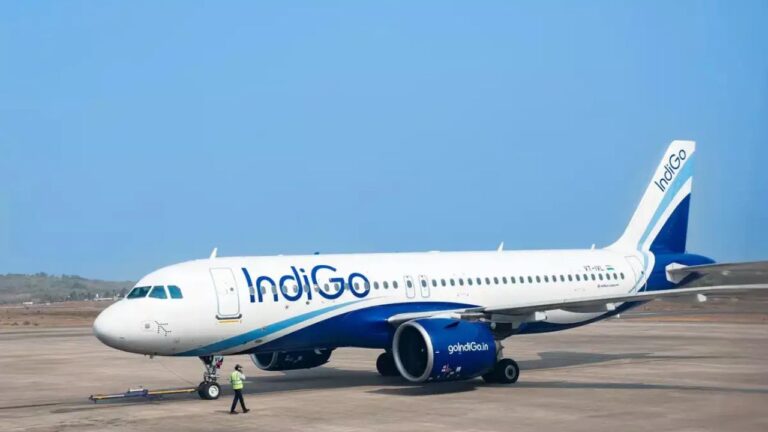
NATO: Defending Freedom and Empowering Peace (Pic Credit: NATO)
The North Atlantic Treaty Organization (NATO) stands as a steadfast symbol of international cooperation and collective security. Established in 1949, NATO’s primary objective was to counter the growing influence of the Soviet Union and promote democratic values in the aftermath of World War II.
Over the years, NATO has evolved, welcoming new member states and forging alliances to extend its influence beyond its original borders. In this article, we will delve into the history, objectives, functioning, alliances and Challenges of NATO, highlighting its role in safeguarding freedom and security among its 30 member states.
Table of Contents
The Origins of NATO
After the devastation of World War II, Europe was economically weakened and faced the looming threat of Soviet expansionism. The United States recognized the need for a unified defence strategy in Western Europe and launched the Marshall Plan, providing economic aid on the condition of cooperation and joint planning among the recipient countries. Concurrently, the Brussels Treaty of 1948 established the Western European Union, a collective defence agreement.
However, it became evident that a more formidable alliance was necessary to counter the Soviet threat effectively. In April 1949, the North Atlantic Treaty was born, uniting the United States, Canada, and several Western European nations. The treaty served as a powerful deterrent against Soviet aggression and laid the foundation for NATO’s collective security arrangements.
NATO Headquarters
NATO’s headquarters is located in Brussels, Belgium. It serves as the central hub for the alliance’s administrative and decision-making processes. The headquarters houses various NATO bodies and provides a platform for member states to consult and coordinate on defence and security-related matters.
Evolution and Expansion
NATO’s original members included Belgium, Canada, Denmark, France, Iceland, Italy, Luxembourg, the Netherlands, Norway, Portugal, the United Kingdom, and the United States. Over the years, additional countries joined the alliance, strengthening NATO’s reach and capabilities.
Greece and Turkey became members in 1952, followed by West Germany in 1955 (renamed Germany after reunification in 1990). Spain joined NATO in 1982, while the Czech Republic, Hungary, and Poland became members in 1999. In 2004, NATO expanded further to include Bulgaria, Estonia, Latvia, Lithuania, Romania, Slovakia, and Slovenia. Albania and Croatia joined in 2009, Montenegro in 2017, and North Macedonia in 2020.
France, although a member, withdrew from NATO’s integrated military command in 1966. However, it resumed its position in NATO’s military command in 2009, reaffirming its commitment to the alliance.

Objectives of NATO
NATO’s core purpose remains to safeguard the freedom and security of its member states. This is achieved through political and military means, promoting democratic values, fostering cooperation on defence and security issues, and preventing conflicts in the long run. NATO is committed to peaceful dispute resolution but has the military power to undertake crisis-management operations if diplomatic efforts fail.
The alliance’s most famous provision is Article 5 of the Washington Treaty, which stipulates that an attack on one member is considered an attack on all members. This collective defense clause was invoked only once in NATO’s history, in response to the 9/11 terrorist attacks on the United States.
Functioning of NATO
NATO operates with an integrated military command structure. However, most forces and assets remain under national command and control until member countries agree to undertake NATO-related tasks. All decisions within the alliance must be unanimous and consensual, with each member having an equal say.
It is essential to note that NATO’s protection does not extend to members‘ civil wars or internal coups, focusing solely on external threats to the alliance.
Alliances of NATO
NATO’s influence extends beyond its member states through three key alliances:
- Euro-Atlantic Partnership Council (EAPC): This multilateral forum facilitates dialogue and consultation on political and security-related issues among NATO Allies and partner countries. It fosters cooperation through programs like the Partnership for Peace (PfP), which allows individual partner countries to build tailored relationships with NATO.
- Mediterranean Dialogue: This partnership forum aims to contribute to security and stability in NATO’s Mediterranean and North African neighbourhood. It fosters understanding and cooperation among participating countries and NATO Allies, including Algeria, Egypt, Israel, Jordan, Mauritania, Morocco, and Tunisia.
- Istanbul Cooperation Initiative (ICI): The ICI offers non-NATO countries in the broader Middle East region the opportunity to cooperate with NATO and contribute to global and regional security. Participating countries include Bahrain, Kuwait, Qatar, and the United Arab Emirates.
Challenges of NATO
NATO faces critical challenges, including emerging security threats (cyber warfare, terrorism), diverging priorities among 30 member states, defence spending disparities, managing relations with Russia, public support, geopolitical shifts, partnerships, WMD proliferation, internal coordination, and technological advancements. Addressing these challenges is vital for NATO’s continued role as an international security pillar.
Recent Developments
The latest NATO summit in Vilnius, Lithuania, addressed crucial security challenges and showcased the alliance’s adaptability. Key highlights include:
- Ukraine’s Engagement: The launch of the NATO-Ukraine Council demonstrated NATO’s commitment to supporting Ukraine amidst security challenges in the region, enhancing dialogue and cooperation.
- New Members: Finland and Sweden were formally approved as future NATO members, reinforcing the alliance’s commitment to expansion and deterrence against potential threats.
- U.S. Support: President Joe Biden reaffirmed unwavering U.S. support for NATO, underlining its continued significance in transatlantic security cooperation.
- Addressing China: NATO discussed China’s influence and potential challenges to Euro-Atlantic security, highlighting emerging concerns.
- Russia’s Actions: Amidst heightened tensions, NATO condemned Russia’s drone attack on Kyiv, emphasizing the need for vigilance and preparedness.
Conclusion
NATO’s existence is a testament to the power of international cooperation in maintaining peace and security. From its humble beginnings as a collective defence mechanism against the Soviet Union, NATO has grown into a diverse alliance of 30 member states, extending its reach through key partnerships. As global challenges continue to emerge, NATO’s commitment to democracy, individual liberty, and the rule of law remain steadfast, ensuring a safer and more stable world for its members and beyond.
Click: NATO Check List






